|
|
| |
Home >
New Zealand ecology > Flightless birds > Weka |
| |
 |
| |
|
The weka Gallirallus australis, also known as the woodhen or bush hen, is another endemic New Zealand bird belonging to the rail family. It bears the same kind of structural resemblance to the banded rail, as the takahe does to the pukeko.
There are four weka subspecies. Stewart Island weka are only on Stewart Island, Western weka are found in the western South Island, and North Island weka are found at a number of North Island locations. The buff weka of the eastern South Island is extinct in that region. |
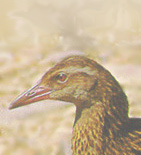 |
In the early 1900s, settlers took buff weka from their original habitat in eastern Otago to the Chatham Islands, where they now thrive so well they have to be controlled to protect other birds. |
| |
|
Weka have been an ecological management dilemma because of their predatory conflict with other native animals. Some weka have been a problem within the constrained boundaries of offshore islands, as they eat the eggs and chicks of other threatened birds. Normally the weka has been removed to eliminate the conflict.
The Department of Conservation killed 400 buff weka in the Chatham Islands in 2003, to protect the critically endangered taiko which is one of the world's rarest seabirds, and the Chatham Islands oystercatcher.
Weka were traditionally an easily obtained food source for Maori and early 19th century European settlers. The decline of weka on the mainland has prevented Maori from continuing 'mahinga kai' harvesting, but some iwi are today expressing the need for conservation to allow the tradition to return. The Chatham Islands is the only place where weka are presently hunted legally.
DoC reports that little is known about the density of the various populations. According to DoC, the causes of decline, and the density and stability of populations are complexly linked to the ecosystems of each locality. There are large fluctuations in populations, possibly due to changes in food supply and adverse weather. |
 |
|
|
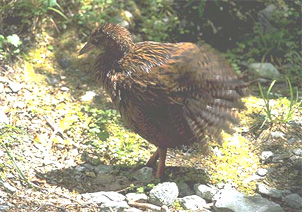
A land bird not afraid of water .....
Like the kiwi, weka are good swimmers even though they do not have webbed feet. The Western weka subspecies Gallirallus australis australis is seen above drying off after a cool dip in a Fiordland stream.
Image permission of Virtual New Zealand
 View larger image View larger image
The decline of weka remains a mystery as they are an adaptable, aggressive, inquisitive and resourceful bird. They are known to be a bit of a nuisance in rural vegetable gardens, where their favorite meal includes tomatoes and hens
eggs. Weka will also eat food scraps, rodents, and lizards. In their native habitat fallen fruit, invertebrates, snails and the eggs and chicks of ground nesting birds are part of their diet.
International Threatened and
Endangered Listing
2006 IUCN Red List of
Threatened Species
Weka Gallirallus australis Vulnerable
2005 New Zealand Threat Classification System
Western weka
Gallirallus australis australis
[4] Serious decline
North Island weka
Gallirallus australis greyi
[2] Nationally endangered
Stewart Island weka
Gallirallus australis scotti
[2] Nationally endangered
Buff weka
Gallirallus australis hectori
Not listed
|
| |
 |
|













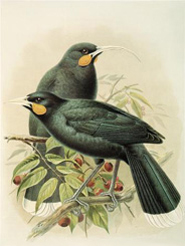

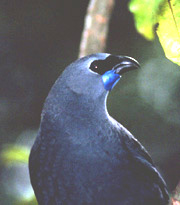

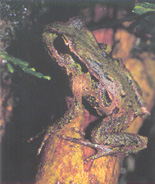







 View larger image
View larger image